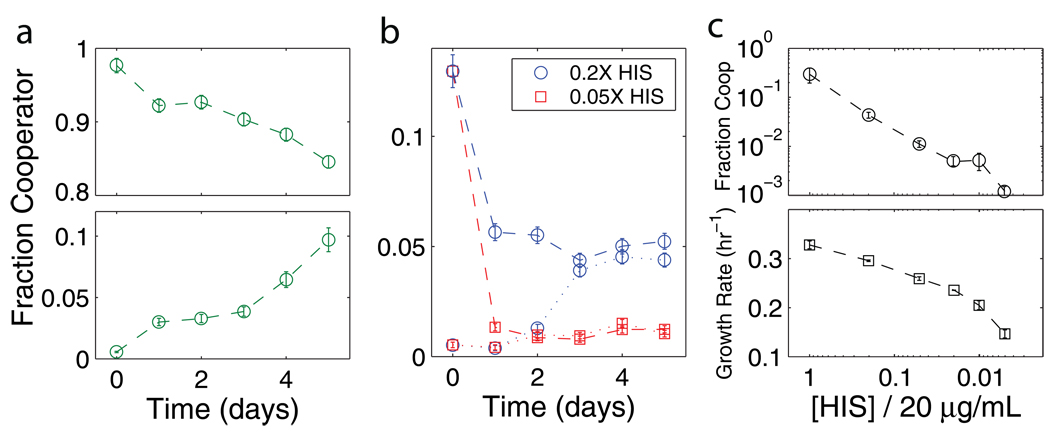Figure 1. Competition between the wildtype cooperator and mutant cheater strains.
a, In sucrose culture a small fraction of cheaters can invade a population of cooperators (top), and a small fraction of cooperators can also invade a population of cheaters (bottom), together implying coexistence between the two strains at steady state ([histidine] = 20 µg/mL ≡ 1X, no imposed cost of cooperation). b, As the histidine concentration becomes limiting we find that equilibrium between the two strains is reached within experimental timescales regardless of starting fractions. The fraction of cooperators at equilibrium does not depend upon the starting fraction but does depend upon the histidine concentration. Panels a and b show typical data, with error bars showing an estimate of the error (see Supp. Fig. 7). c, Both the equilibrium fraction of cooperators (circles) and the mean growth rate (squares) decrease as the cost of cooperation increases (lower histidine concentrations). Error bars are the s.e.m., n = 3.

